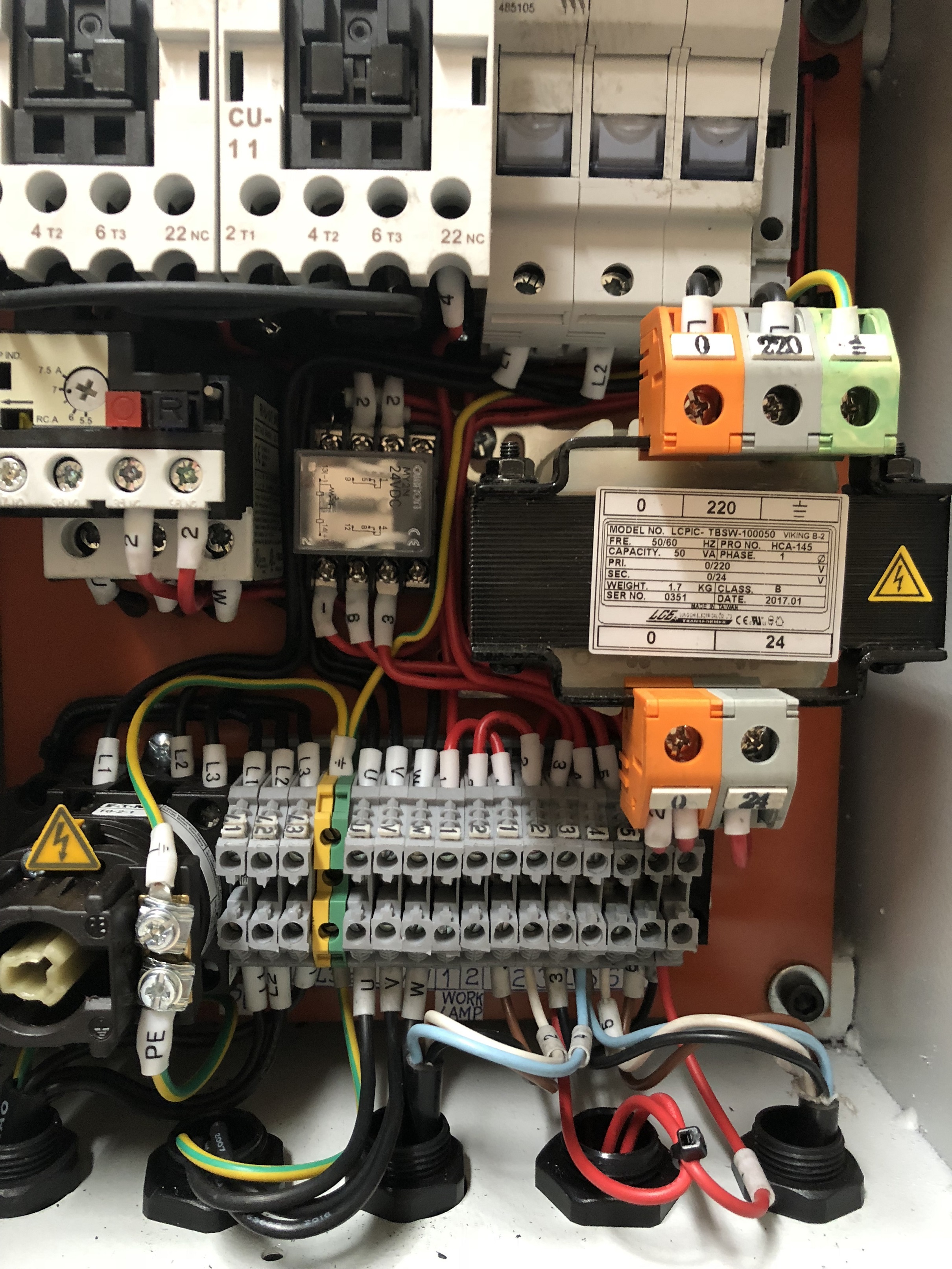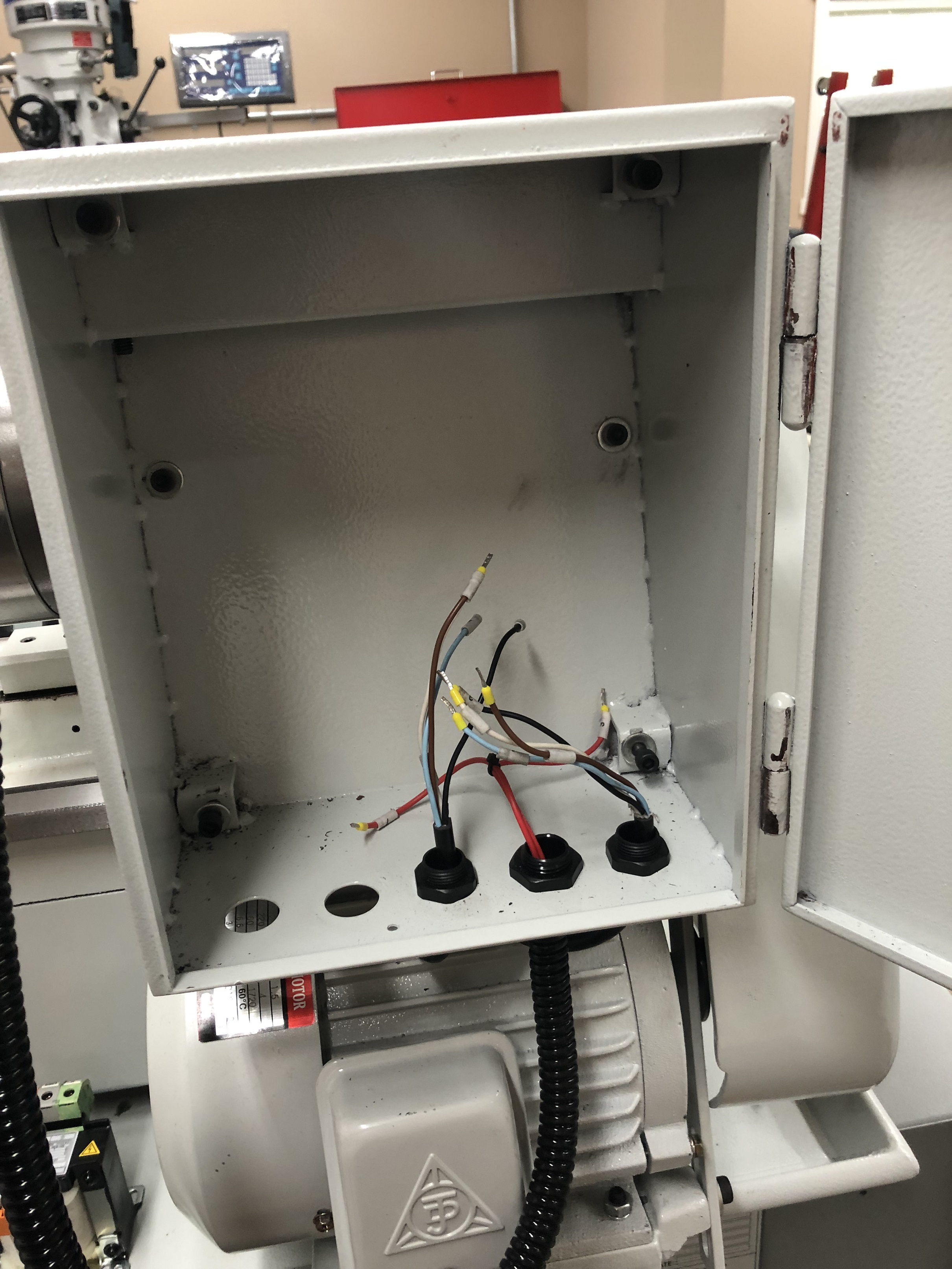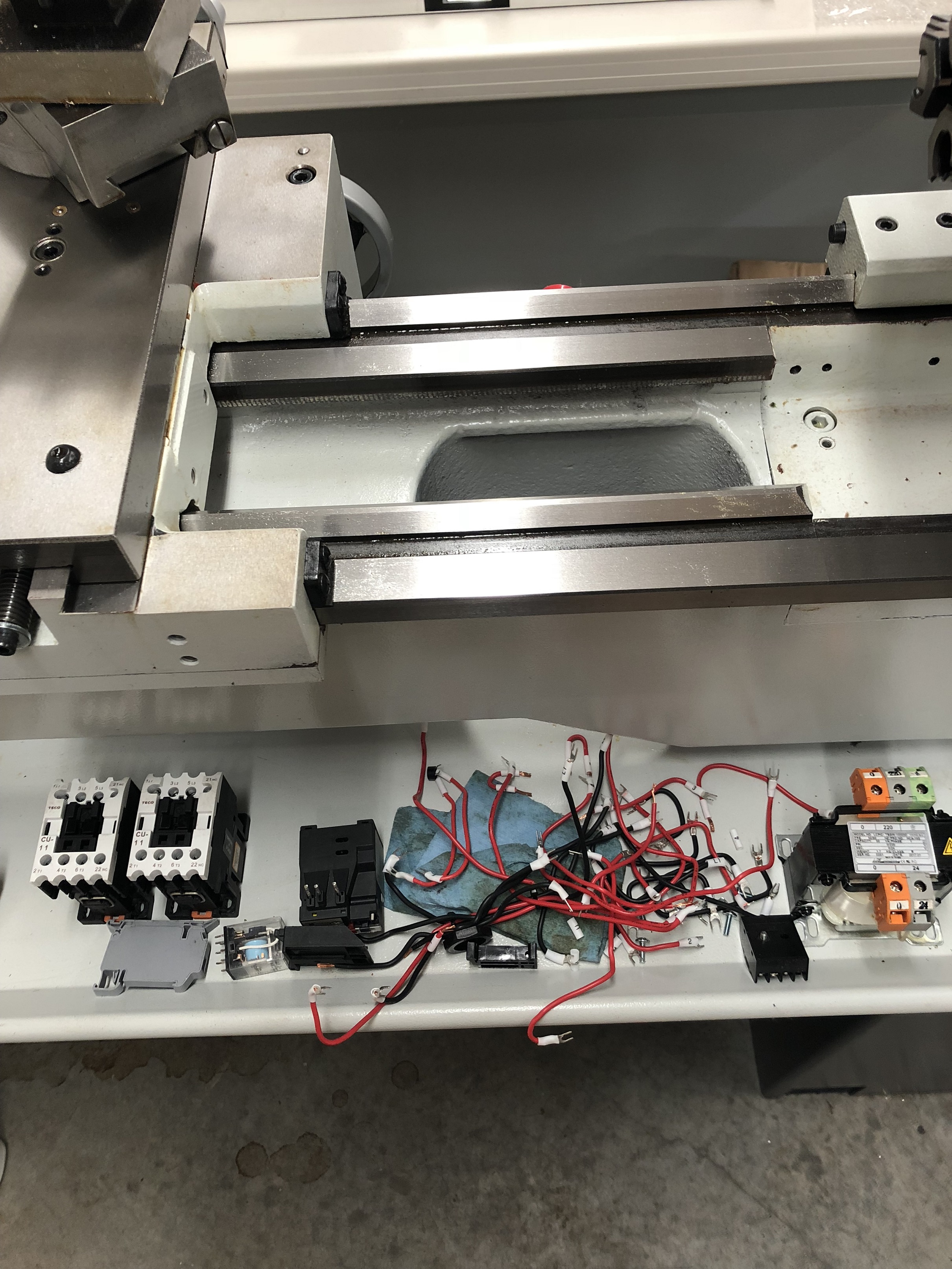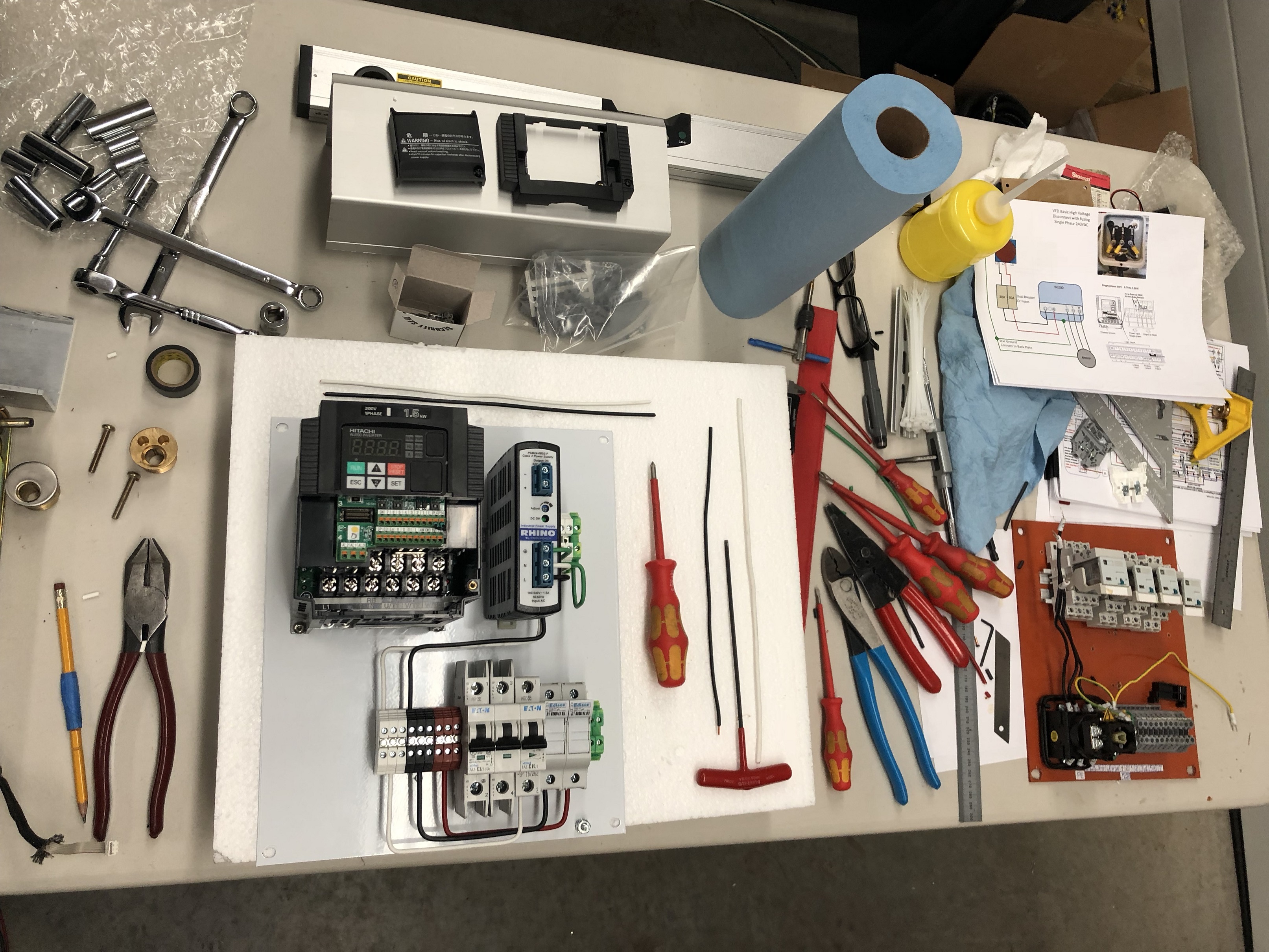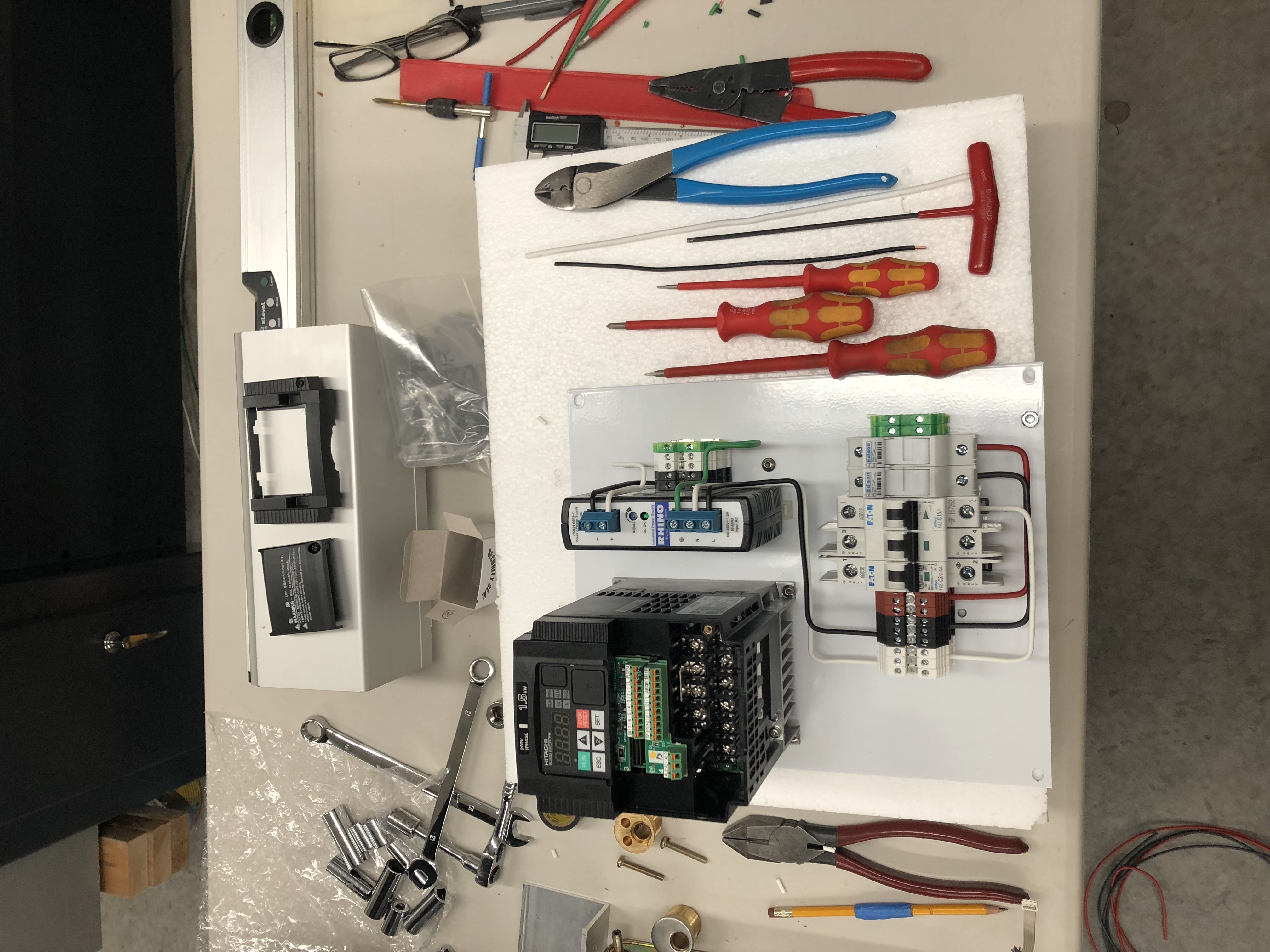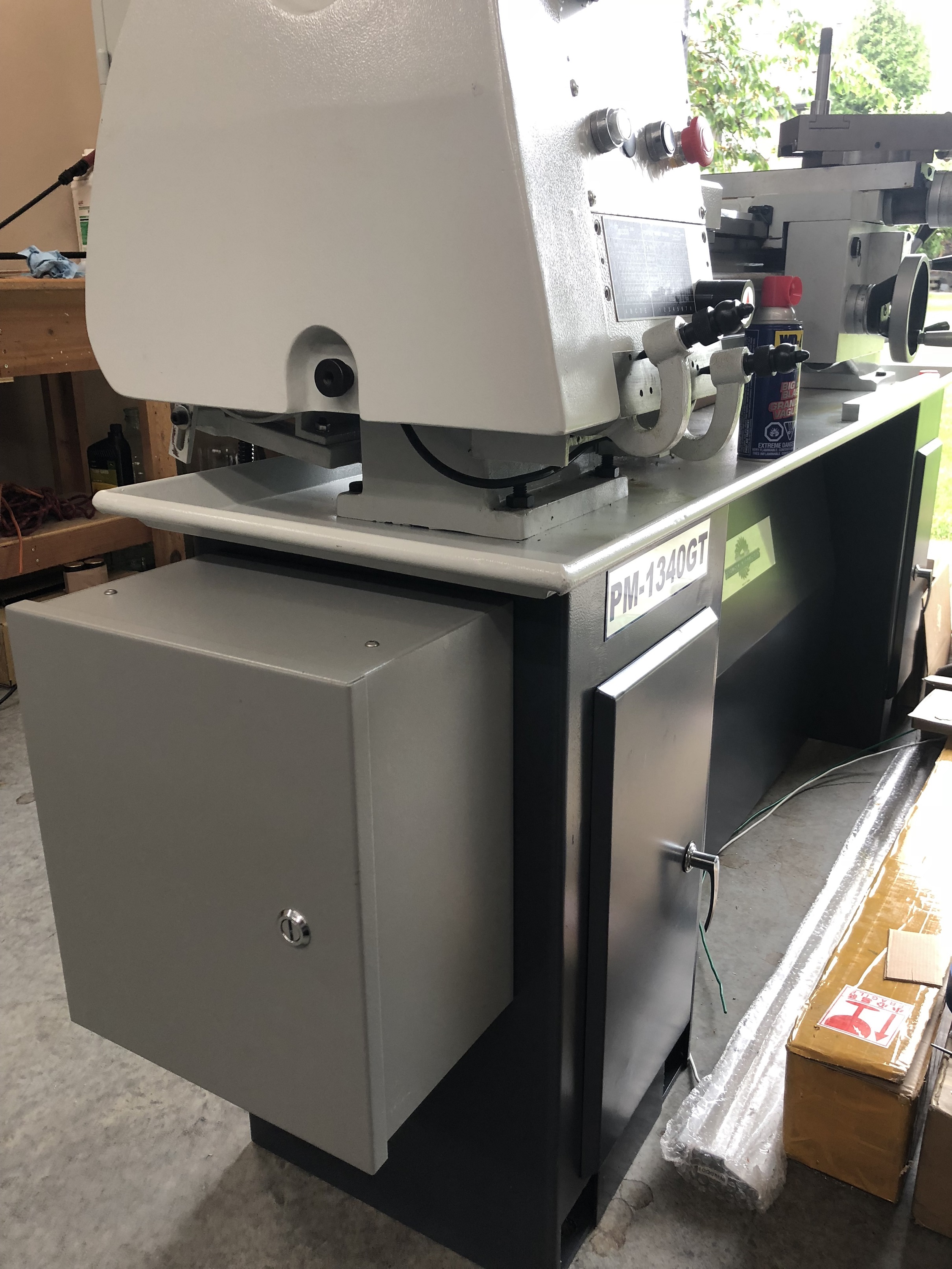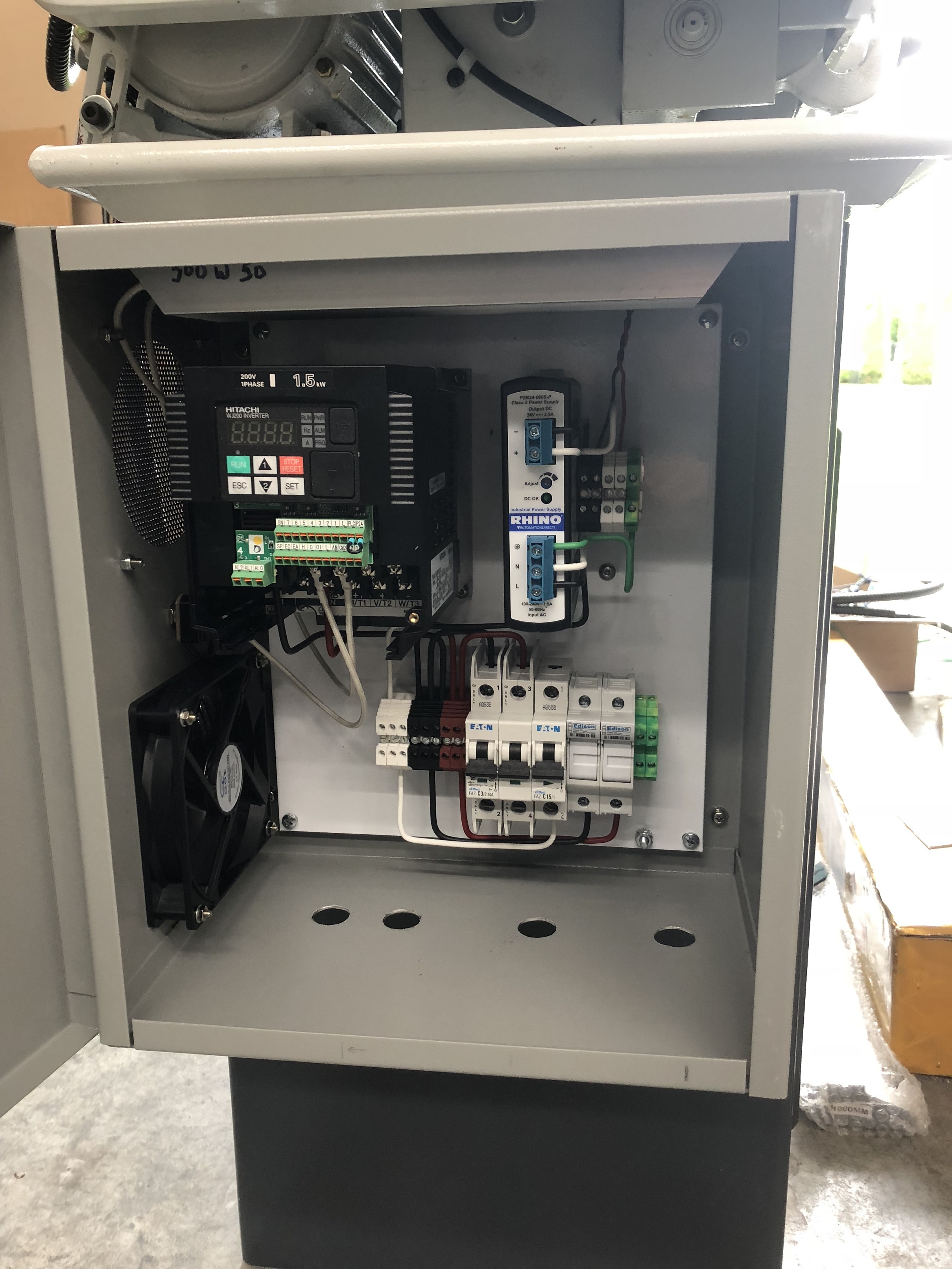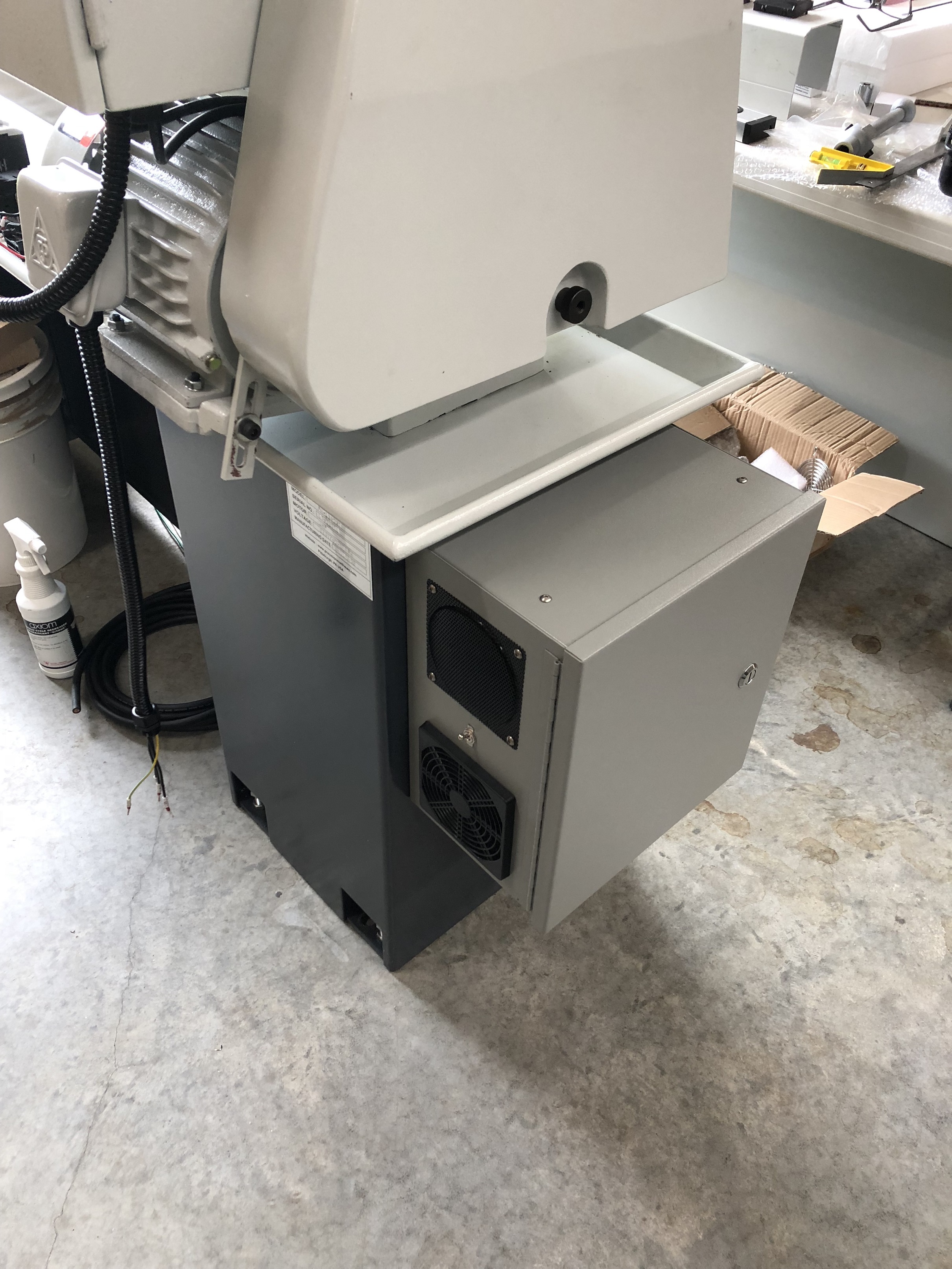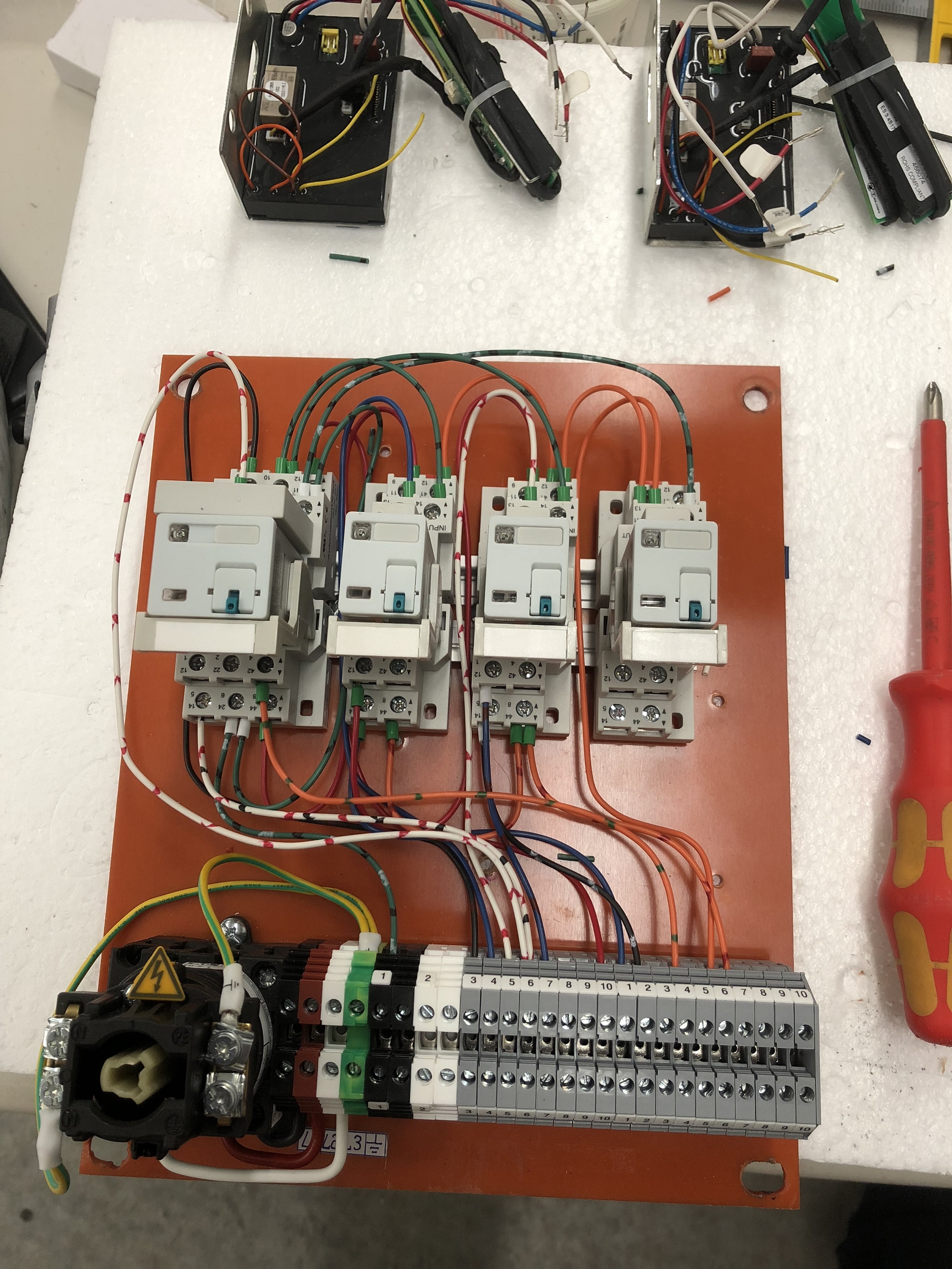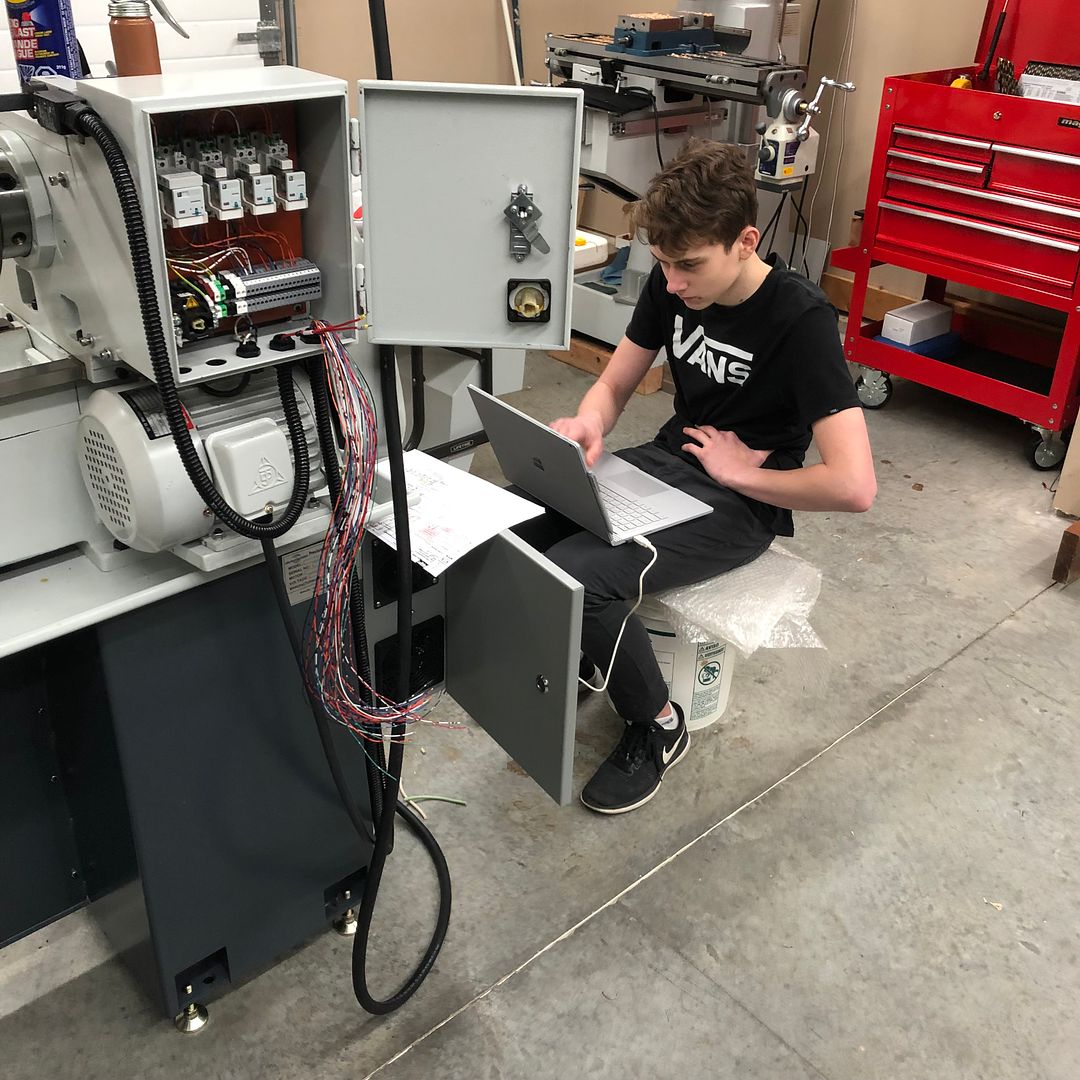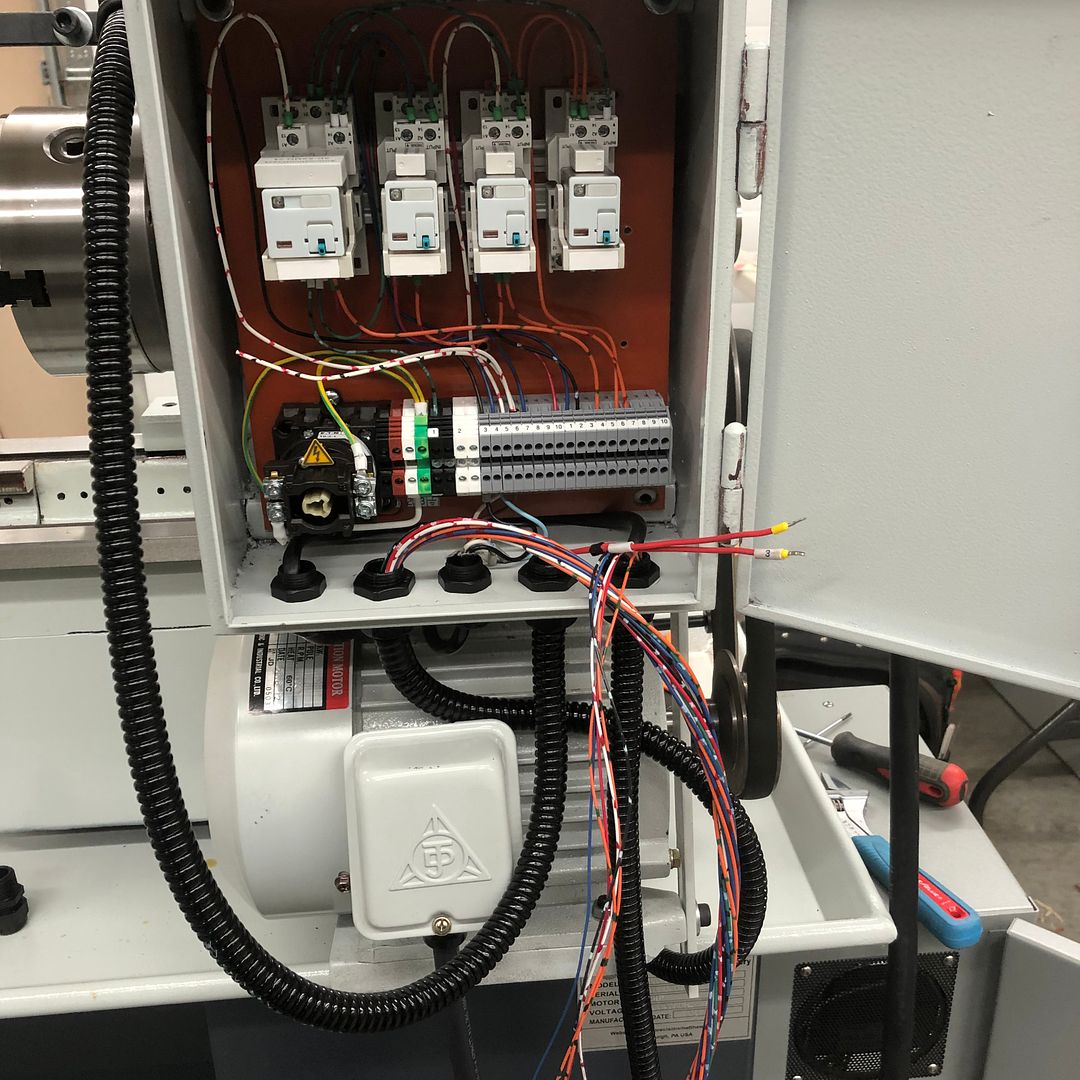I guess I should update this thread so the journey is complete.
I've have had my PM 935 mill up and running for sometime, but I still need to complete the tach install, build a proper stand and buy a better vise (or maybe 2)
The lathe on the other hand sat neglected as life got busy and I've been distracted by work, family, motorcycle trips and just living life.
Sometime around Dec 1st last year, I got a list of things together that were incomplete in my life and started working on them, the lathe was on the list but it's taken till this month to get at it with a dedicated recommitment.
I studied the wiring diagram supplied by Mark Jacobs and finished up the wiring, surprisingly everything worked perfectly which was a nice feeling as it`s easy to get a diode installed backwards or miss a vital connection as I did on the mill install.
The electronic braking is outstanding, I just love that feature, also the forward reverse jog is cool.
I installed the Aloris QCTP, I took my time milling the supplied material for the T-nut and fitted it, very nice piece of kit and it works so smoothly.
Last week I was working on mounting the DRO including the Easson display, I made a few mockups for the display and wasn`t happy with any of them, they just looked cobbled together, functional but not easy on the eyes.
On the mill I used the factory supplied bracket and arm for the display and it looks OK, but I wanted to do something better on the lathe, so I found some 1.125 aluminum round and machined a flat on one side then drilled and tapped 3 holes using the DRO line feature.
I used the same settings to make a template for drilling the side of the electrical box, clamped to the box and drilled 3 holes, once installed on the electrical box I considered how to mount the arm, and then I thought do I actually need an adjustable arm, maybe not.
So I drilled the center of the piece out using the lathe for the first time and then tapped it with a 10 X 1.5 tap, using the lathe turning the chuck with the jog button, that was easy.
After test fitting it the display sat up quite high so I drilled out about 1`` of the threads out so it could thread in further and the display sat lower, it tightened up in the exact right spot and I left it like that till I pull it apart for painting.
Now onto the install of the scales, this is the part that makes me sweat, drilling into the cross slide and tapping with a 6mm tap, first hole done, I usually drill one hole then align the piece and then mark the other holes with a transfer punch just in case the drill wanders a little, I get to correct for each hole this way.
This part finished, now for the scales, I``ll finish those later tonight.
I hope the bracket clears the cover as I plan on installing the covers, if not I can always mill out a bit from this bracket to make clearance.
More to come.
David.


